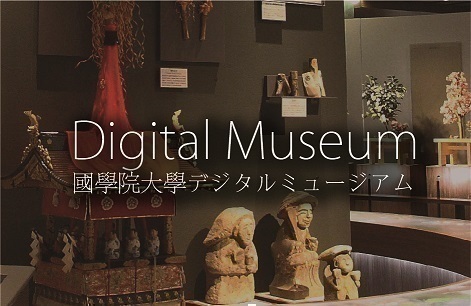- トップ
- Encyclopedia of Shinto
- Munchū
Encyclopedia of Shinto
| Main Menu: | |
| Links: |
詳細表示 (Complete Article)
| カテゴリー1: | 5. Rites and Festivals |
|---|---|
| カテゴリー2: | Rituals in Okinawa and Amami |
| Title | Munchū |
| Text | A type of patrilinear group found primarily on the main island of Okinawa, based on the recognition of a common ancestor. Munchū emerged out of the late 17th century drive by the Ryūkyū kingdom to strengthen the class system among the gentry, which led in 1689 to the creation of the state-sponsored"Genealogy Bureau" (Keizuza) to compile and revise genealogical tables of gentry families. The gentry munchū that formed in this context differed from the munchū of the peasantry, who imitated and incorporated the system into their own culture. Regional differences are also apparent, and so as a consequence current munchū practices are very complex. Still, ongoing close field observation and genealogical analyses by scholars are gradually revealing more about them. Currently, the general munchū practice calls for the main house (sōke) to retain the genealogical record and for all branches of a munchū to share a common tomb. Periodic festivals for the ancestral spirits are held at these tombs, and they go together on pilgrimages to sacred places associated with the founding patriarch as well as to so-called "well-pilgrimages" (kaamaai) to sacred wells. The female ritualists who lead these observances, called ukudi (priestess associated with a particular munchū), generally are from the main house; they perform prayers at sacred places associated with the munchū and, on request, at households belonging to the munchū. — Saitō Michiko |




